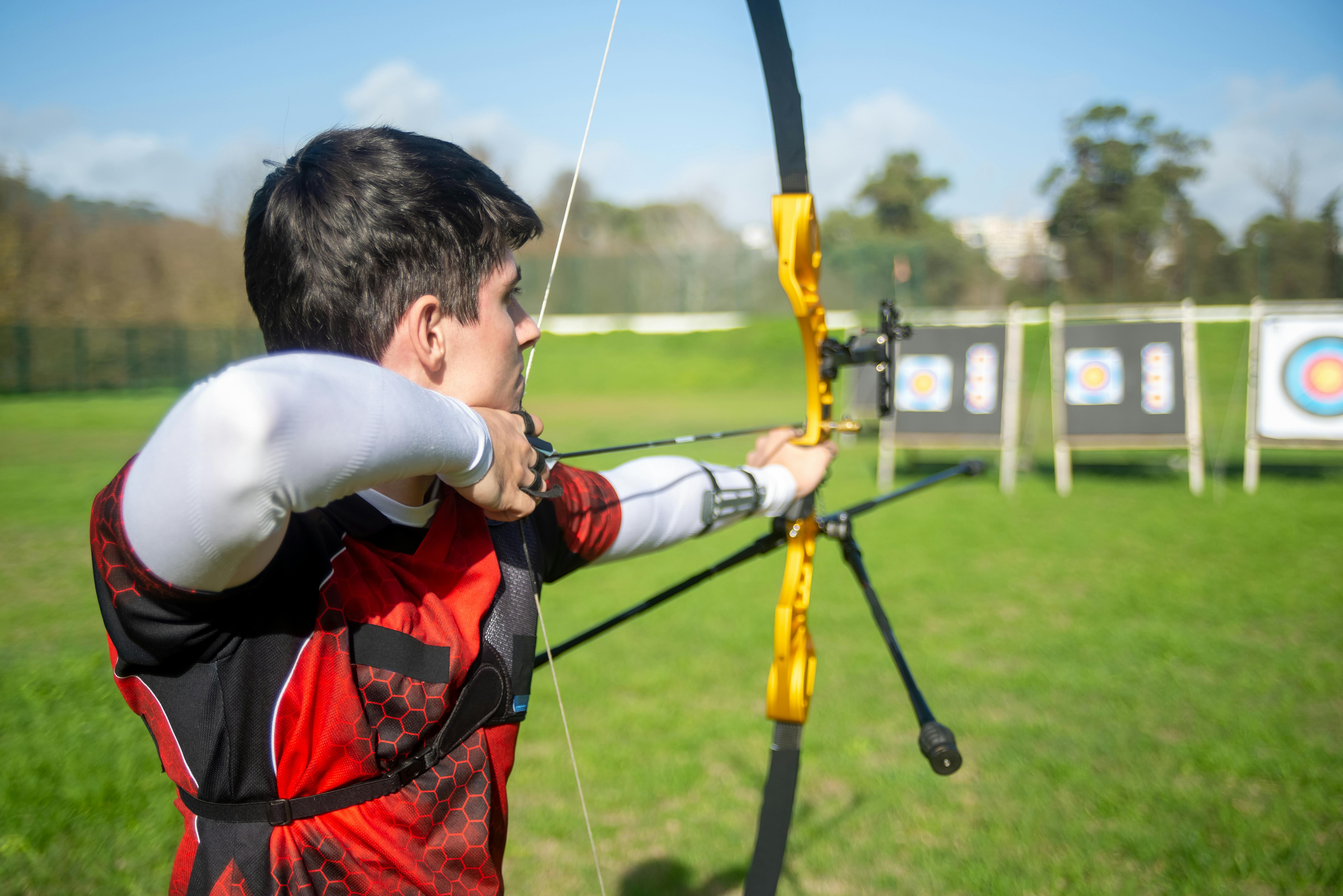Analyzing the Athletic Potential: Unveiling the World of Biomechanics in Sports
In today's world, sports are much more than a game. They are a scientific endeavor, with athletes and coaches constantly searching for new ways to optimize performance. In the heart of this quest, a field known as sports biomechanics is emerging as a game-changer. This article will take you into the fascinating world of sports biomechanics, its historical origins, significant developments, and its current influence on athletic performance.

The Genesis of Sports Biomechanics
Sports biomechanics has its roots in the ancient discipline of mechanics, a branch of physics that deals with the motion of bodies under the action of forces. Greek philosopher Aristotle was among the first to analyze human movement, laying the groundwork for future developments in biomechanics. However, it wasn’t until the 19th and 20th centuries that biomechanics began to evolve as a distinct field, with its application in sports gaining prominence in the 1960s and 70s.
The Science Behind the Sport
Sports biomechanics applies the principles of mechanics to study human performance in sports. It analyzes the forces exerted by muscles and gravity on the skeletal system to understand how athletes move, how they can improve their movement, and how they can prevent injuries. This branch of biomechanics has significantly impacted several sports, including athletics, swimming, and weightlifting.
Unlocking Athletic Potential
Today, sports biomechanics is used to enhance athletic performance by identifying optimal movement patterns and developing effective training methods. For instance, it can help sprinters improve their start technique or golfers perfect their swing. However, it also poses challenges, particularly in translating laboratory-based findings into practical coaching advice.
The Future of Sports Biomechanics
With advancements in technology, sports biomechanics is set to revolutionize the way athletes train and compete. The use of motion analysis systems, force platforms, and wearable sensors is becoming increasingly common, offering real-time feedback that can help athletes make immediate adjustments. However, the challenge remains to ensure that this information is presented in a way that athletes and coaches can easily understand and apply.
Navigating the Biomechanics Landscape
The world of sports biomechanics is complex but full of potential. By understanding and applying its principles, athletes can maximize their performance and reduce their risk of injury. As the field continues to evolve, it promises to unlock new frontiers in sports science, offering a glimpse into the future of athletic performance.
In conclusion, the integration of sports biomechanics into the realm of athletics is paving the way for a new era of sports performance. By merging the physical laws of mechanics with the human body’s capabilities, it offers an exciting and powerful tool to optimize athletic potential. The future of sports may indeed lie in the science of movement, and sports biomechanics is leading the charge.





